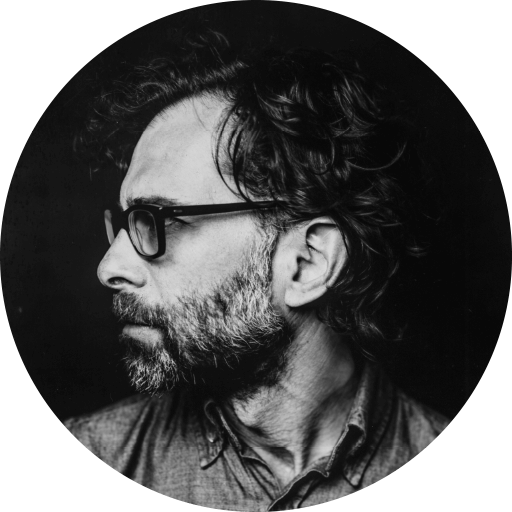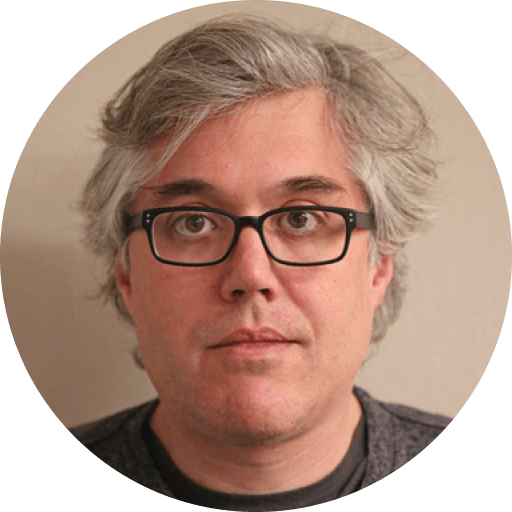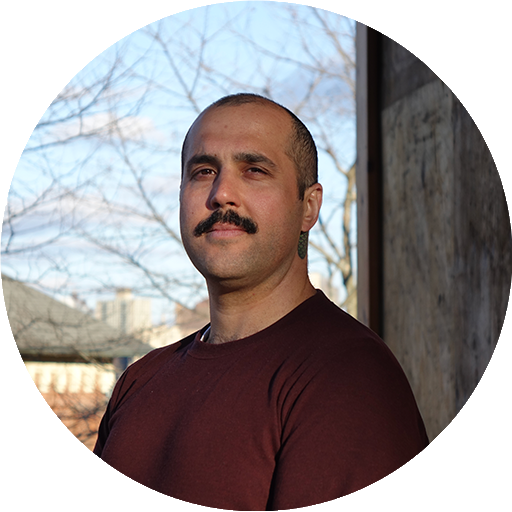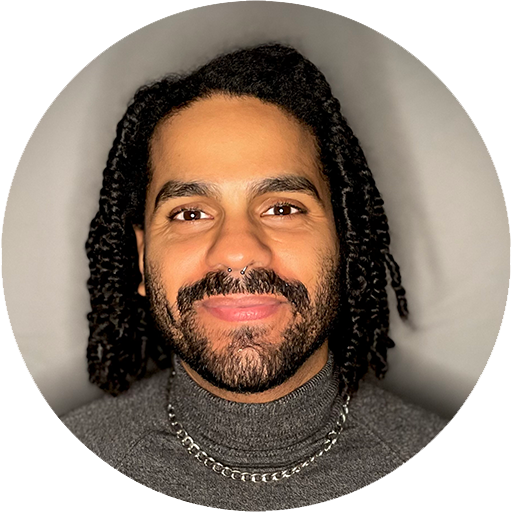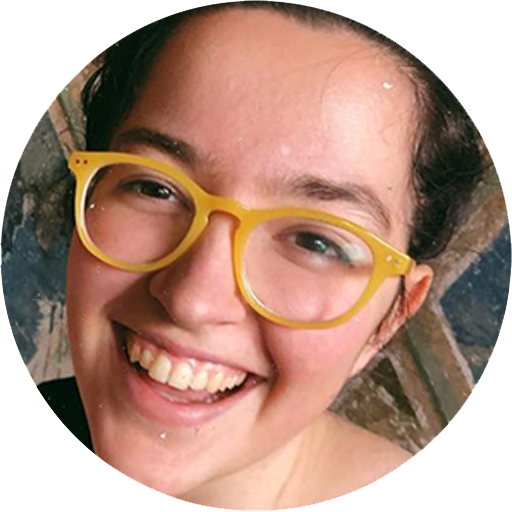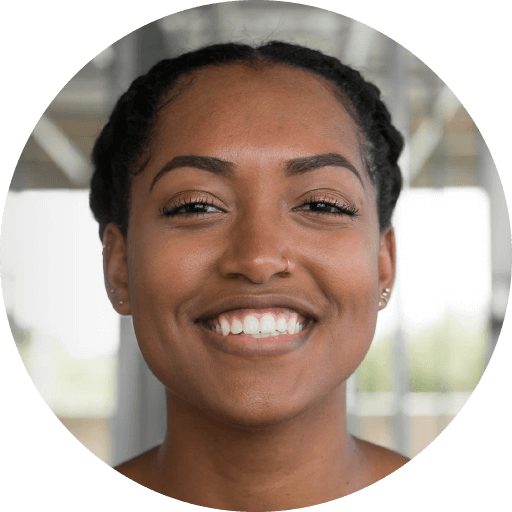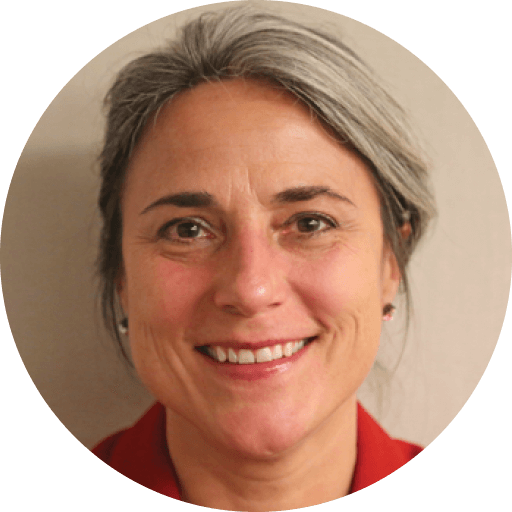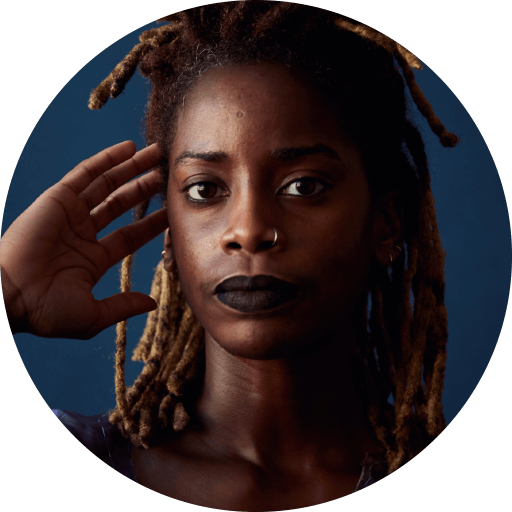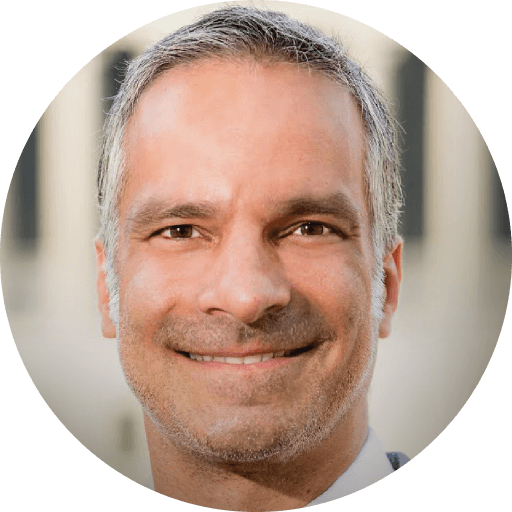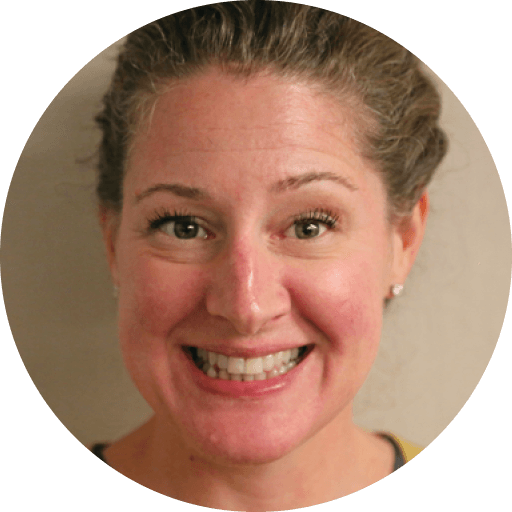Sculpting the Air
Martha Sherman, dancelog.nyc
Martha Sherman, dancelog.nyc
Chris Schlichting’s thoughtful and intense “Period” wrapped its dancers around the air, and around the audience, as its three performers created a dense medium out of the ether. The Chocolate Factory Theater’s white walls and rough edges framed the work, which was co-presented with Lumberyard, the sponsor of Schlichting’s current creative residency.
The movement phrase that echoed throughout the work was the one that began it. Maggie Zepp stood for a long moment of silence, then gently swayed her hands through the air. Very slowly, she added her neck and shoulders, continuing to stir. She stood like a human column, in a cerise t-shirt and black shorts. Joining two bright red-painted water pipes, those three verticals warmed the white performing space.
Zepp’s deliberate solo was interrupted by the arrival of Laura Selle Virtucio. She wore a lighter shade of pink, and stood behind Zepp, almost, but not quite, touching her. At first, they stood back-to-back, and Virtucio, too, softly shifted the air around her. The simple upper body movements deepened, and the two women sank into lunges, scooping the air around each other. Gathering momentum, they inhabited more of the stage. Still in a legato pace, they made long strokes of movement, as arms glided out and back like a Swedish massage. They turned, sank low, shifted toward and away from each other, mesmerizing in the weighty silence.
Schlichting was credited with sound, which was almost entirely silence, couched in the dancers’ breath. As the audience entered the theater, a harsh hiss greeted us into the brightly lit theater, like a group-wide tinnitus. Everyone settled and a shockingly loud sound – traffic? machinery? guns? – pounded for a few painful moments like a clarion call to get ready. Then Zepp entered, in the silence that accompanied the remainder of the performance. That brief, shocking noise was the first marker in an hour that was littered with markers: a single motion, shift or lighting change signaled new territory; the signals were more subtle than that first one, but still gave the work a fluid shape.
When Tristan Koepke sauntered onstage to join the duet, he, too, changed the shape of the dance. Tall and princely, (what were those tattoos covering his limbs? Beautiful and distracting, one of them looked like a Frank Lloyd Wright window carved into his right calf) Koepke softly split the two women apart, yet towered over them, creating the first of many human triangles. The trio’s moves were more diverse, but much still hearkened back to Zepp’s opening floating hands. The dancers’ interconnections gently framed each other, sometimes in parallel, often exploring alone, while co-inhabiting the space. In a duet for Virtucio and Koepke, their hands were placed and replaced in right angles in front of their faces and chests, like a sophisticated version of a children’s game, half-hiding and half-revealing themselves to each other. When the trio wove, the three didn’t touch, but were always connected. Schlichting described “Period” as a dance about letting go; but the trio’s beckoning movements, connected them in space that was like a viscous version of air, thick and moldable.
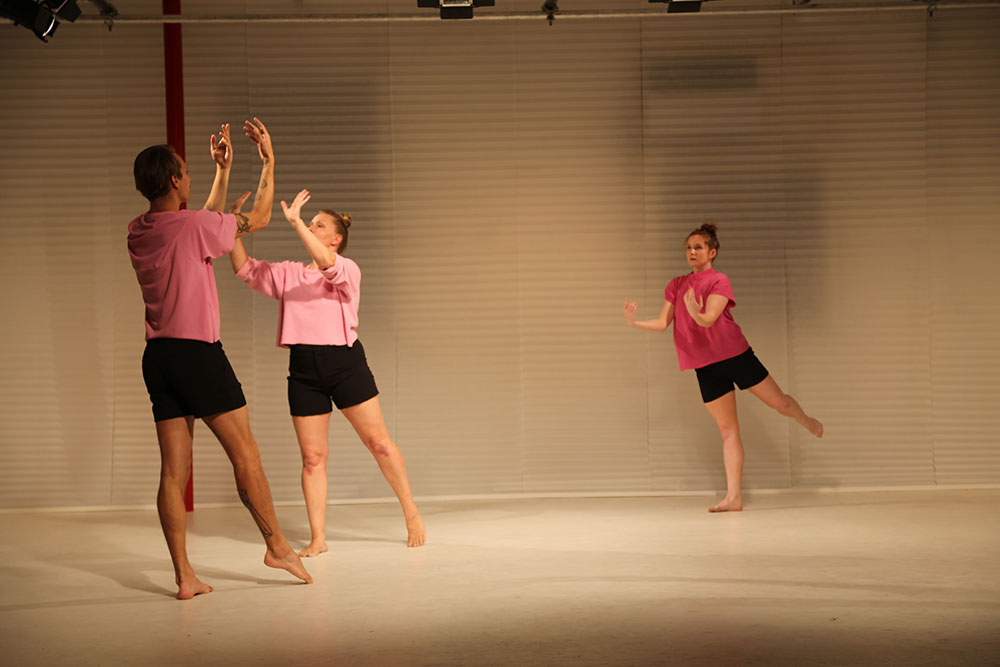
The lighting, by Heidi Eckwall, shifted the feel of The Chocolate Factory in pockets of brightness and darkness. Sometimes the stage was flushed with pale pink that caught the pink costumes, then darkened into shadow, framing the dancers’ silhouettes against a brightly lit background where the windows were sometimes lit up like frames at the back of the performing space. When Virtucio danced a brief solo upstage, Zepp and Koepke were frozen in shadow downstage.
When the women strode off stage to leave Koepke for his solo, he stood alone and spotlit, staring out at us through hands that captured his face, then he crumpled in place with barely a sound. In a quiet coda to the poetry of “Period,” Zepp returned for a brief dark duet with Koepke, silhouetted in a narrow band upstage. He exited with a simple sweep of arms, while Zepp, just as she had begun the evening, offered the final image in a brief moment of light before the rhythms and exertions all dissolved into black. It felt quick and liquid; not quite finished, but lovely nonetheless.
Martha Sherman for dancelog.nyc, July 25, 2018.


